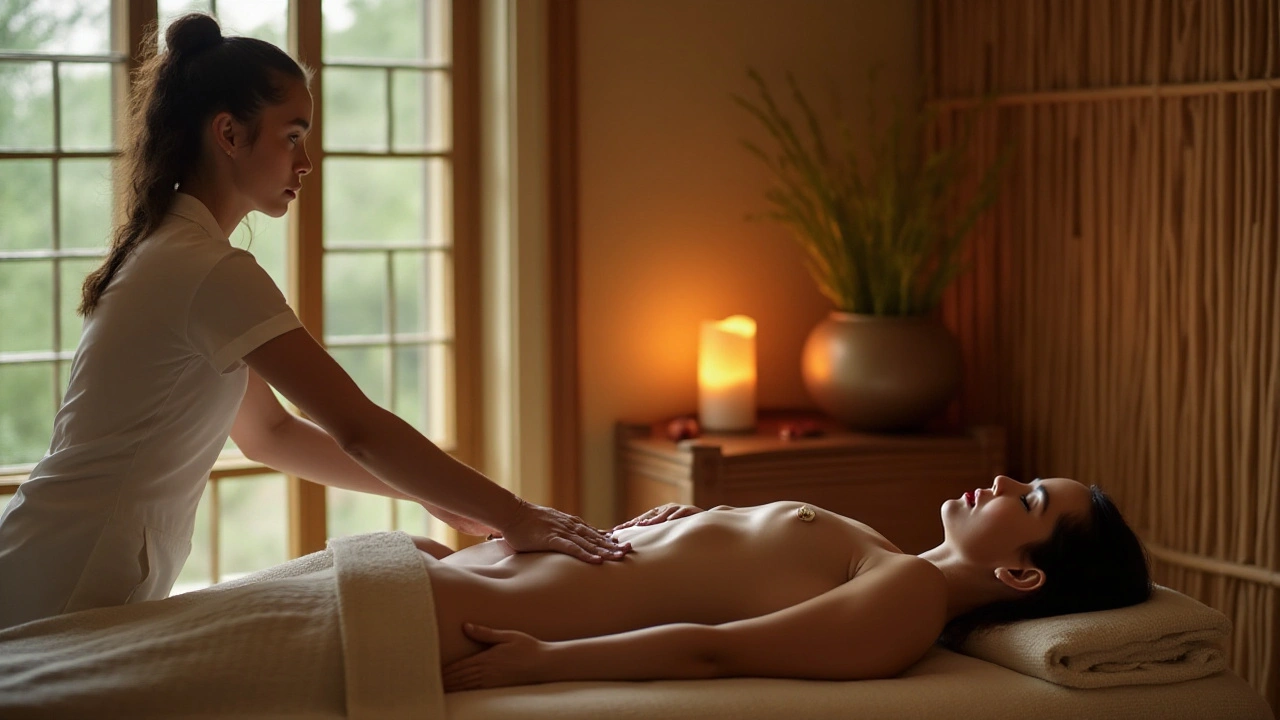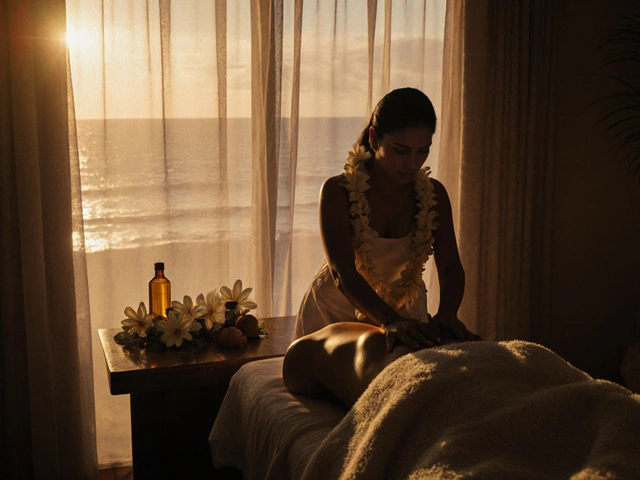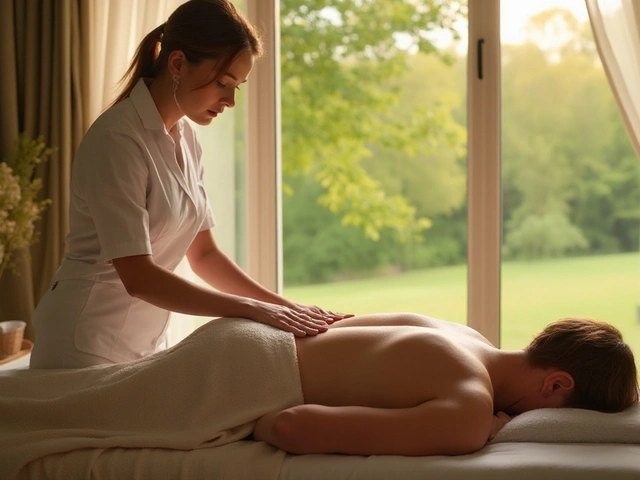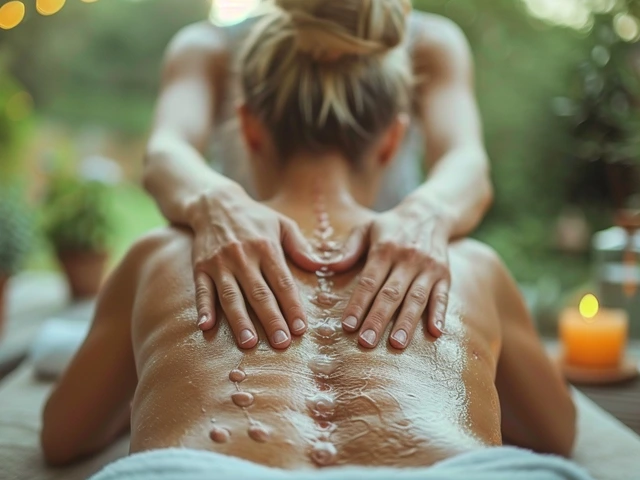Amma Massage: Your Quick Guide to Recovery and Relaxation
Amma massage is a focused, hands-on therapy that targets muscle tension, improves circulation, and speeds recovery. It comes from Japanese and East Asian traditions and uses pressure, kneading, and rhythmic stretches to release knots and restore movement. Unlike slow spa massages, Amma is direct and efficient, therapists work deeper and with faster strokes to find tight spots quickly. That makes Amma useful for athletes, desk workers, and anyone with stubborn neck or shoulder pain.
A typical session lasts 30 to 60 minutes. You might stay clothed for most Amma work since therapists often use pressure through clothing. Sessions begin with a quick chat about your pain, injuries, and goals. The therapist then scans your body with hands and thumbs, locates areas of tension, and applies targeted techniques. Expect some strong pressure at times; it can feel intense but often leads to quicker relief than gentle rubs.
What to expect during and after a session
- Immediate relief: Many people feel less tight right away and notice better range of motion.
- Temporary soreness: Deeper work can create mild soreness that fades in a day or two.
- Better sleep and loosened breathing: Reduced tension often improves rest and stress levels.
- Improved recovery: Athletes often use Amma after training to speed muscle repair and reduce cramps.
Who should try Amma massage? If you have chronic tightness, frequent headaches from neck strain, or a busy training schedule, Amma can be a fast, practical option. It's also good for maintaining mobility and breaking up scar tissue after minor injuries. Avoid Amma if you have acute inflammation, open wounds, severe osteoporosis, or uncontrolled bleeding disorders. Always tell your therapist about medical conditions and medications.
Tips to get the most from Amma
- Be clear about what hurts and what you want to change.
- Drink water after the session to help flush metabolic waste from worked muscles.
- Schedule sessions close to heavy training days to aid recovery, not right before important events when muscles need to be fresh.
- Combine Amma with simple stretches and light movement the next day to keep gains.
How to find a good Amma therapist: Look for practitioners who train in traditional Japanese Anma or related bodywork and who have solid clinic hours and client reviews. Ask about their approach to pressure, how they build sessions, and whether they adapt work for athletes or medical issues. A good therapist will check in during the session and adjust pressure to your comfort and goals.
Amma can be a fast, no-nonsense way to reduce pain and restore motion. Try a short session first, see how your body responds, and adjust frequency from there. With clear goals and a trained therapist, Amma often becomes a go-to tool for steady, practical relief.
Quick self-help moves: use your thumbs to press along the base of the skull for 30 seconds, then sweep down the neck with palms to loosen traps. Gentle shoulder rolls and turning the head slowly five times each side keep tightness from coming back. Try regularly.

Why Amma Massage is Essential for Your Fitness Journey in 2025
Unpack why Amma massage is the secret weapon for anyone serious about their fitness. Real benefits, practical tips, and advice from inside the therapy room.

Unlocking Athletic Potential with Amma Massage Therapy
Amma massage, an ancient healing practice rooted in traditional Chinese medicine, has emerged as a hidden gem for athletes seeking enhanced performance and faster recovery. This invigorating bodywork technique focuses on stimulating acupressure points and energy flow to promote physical and mental well-being. Athletes are discovering its benefits for increased flexibility, reduced muscle tension, and improved endurance. Dive into the world of Amma massage to learn how it can be an integral part of an athletic regimen, offering unique benefits that go beyond conventional massage therapies.

Unlocking the Secrets of Amma Massage: What to Expect
Explore Amma massage, a traditional form of therapeutic bodywork. Learn what to expect during a session, its rich history, key benefits, and practical tips. Understand how this ancient technique can mesh with modern wellness practices.

Improve Your Posture with Amma Massage
Hello everyone, this post is about the wonders of Amma Massage on improving your posture. Here's a little secret, it's a traditional Japanese technique that stimulates pressure points. I'm going to dive deep into how it can holographically affect our body, aligning us into a better posture. We'll talk about the benefits, procedure, and its holistic approach in promoting overall wellness. Come join me in exploring this age-old wisdom that can bring us back to balance!
Categories
- Health and Wellness (148)
- Alternative Therapies (86)
- Massage Therapy (40)
- Travel and Culture (15)
- Beauty and Skincare (9)
- Holistic Health (8)
- Health and Fitness (5)
- Spirituality (5)
- Other (2)
- Personal Development (2)
Popular Articles



